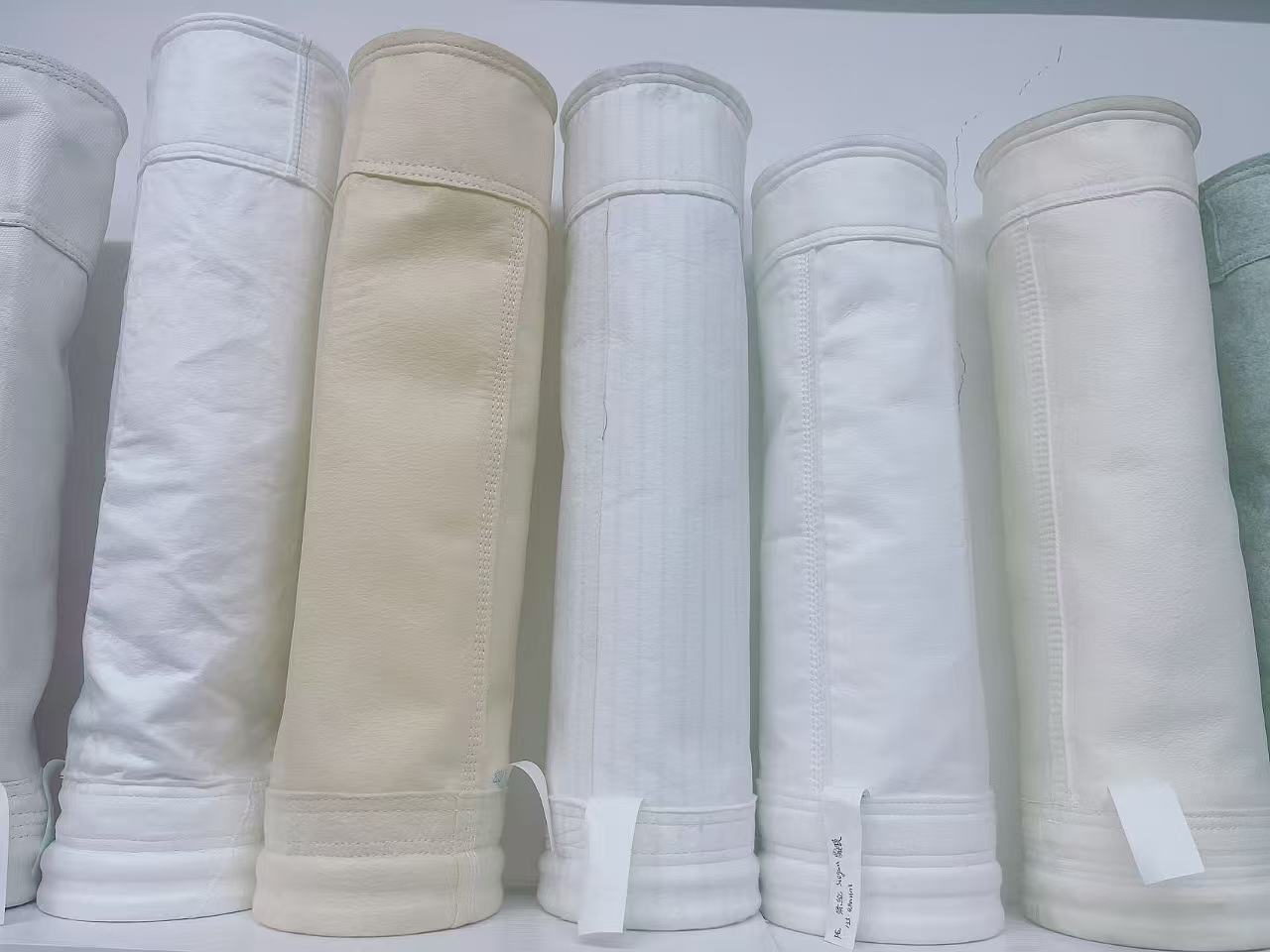In modern industrial production, dust filter fabrics serve as the core component of bag filters, playing a vital role in purifying flue gas and reducing dust pollution. Their performance directly impacts whether industrial emissions meet environmental standards, making material selection and technological innovation key focuses of the industry.
Materials and Classification
Dust filter fabrics are primarily divided into two systems: woven and non-woven fabrics. Woven fabrics, made from polyester, polypropylene, and fiberglass, offer high strength and wear resistance, suitable for conventional working conditions. Non-woven fabrics, formed through needle-punching or hydro-entanglement processes, feature three-dimensional structures and are categorized into medium-temperature and high-temperature series. Medium-temperature materials like polyester and acrylic can operate stably below 120°C, while high-temperature materials such as Nomex and PPS withstand over 260°C.
Dust filter fabrics are primarily divided into two systems: woven and non-woven fabrics. Woven fabrics, made from polyester, polypropylene, and fiberglass, offer high strength and wear resistance, suitable for conventional working conditions. Non-woven fabrics, formed through needle-punching or hydro-entanglement processes, feature three-dimensional structures and are categorized into medium-temperature and high-temperature series. Medium-temperature materials like polyester and acrylic can operate stably below 120°C, while high-temperature materials such as Nomex and PPS withstand over 260°C.
Typical Application Scenarios
- Heavy Industry: High-temperature flue gas treatment in steel plants and smelters relies on fiberglass bulk yarn filter fabrics, which are smooth and corrosion-resistant for long-term use at 280°C.
- Fine Chemical Industry: Chemical and pharmaceutical industries often use membrane-coated fabrics with PTFE micro-porous membranes for surface filtration, achieving 0.5μm precision to trap PM2.5 particles.
- Special Conditions: High-humidity and high-stickiness flue gas in cement plants and waste incinerators require hydrophobic and oil-resistant needle-punched felt or composite fabrics to ensure filter bag longevity and cleaning efficiency.
Technological Trends
With stricter environmental regulations, filter fabric technology is advancing toward higher efficiency and intelligence. For example, Jiangsu Fumeisi’s hydro-entangled felt process uses high-pressure water jets to interlock fibers, improving filtration precision by 10 times and reducing material consumption by 20%, driving emissions from PM10 to PM2.5 compliance. The future will see integration of composite materials and smart monitoring systems, accelerating green industrial transformation.
With stricter environmental regulations, filter fabric technology is advancing toward higher efficiency and intelligence. For example, Jiangsu Fumeisi’s hydro-entangled felt process uses high-pressure water jets to interlock fibers, improving filtration precision by 10 times and reducing material consumption by 20%, driving emissions from PM10 to PM2.5 compliance. The future will see integration of composite materials and smart monitoring systems, accelerating green industrial transformation.
Post time: Mar-31-2025
